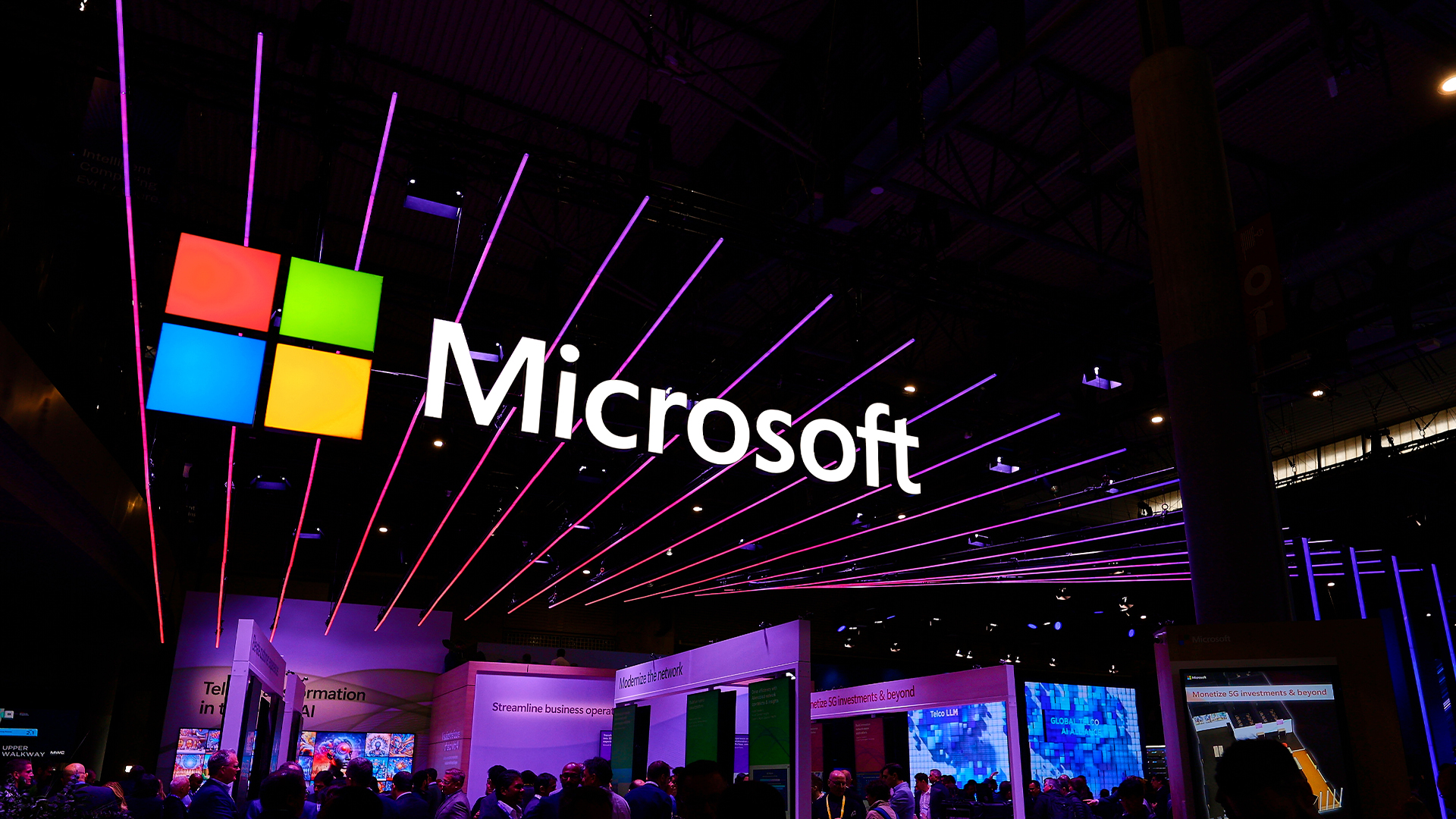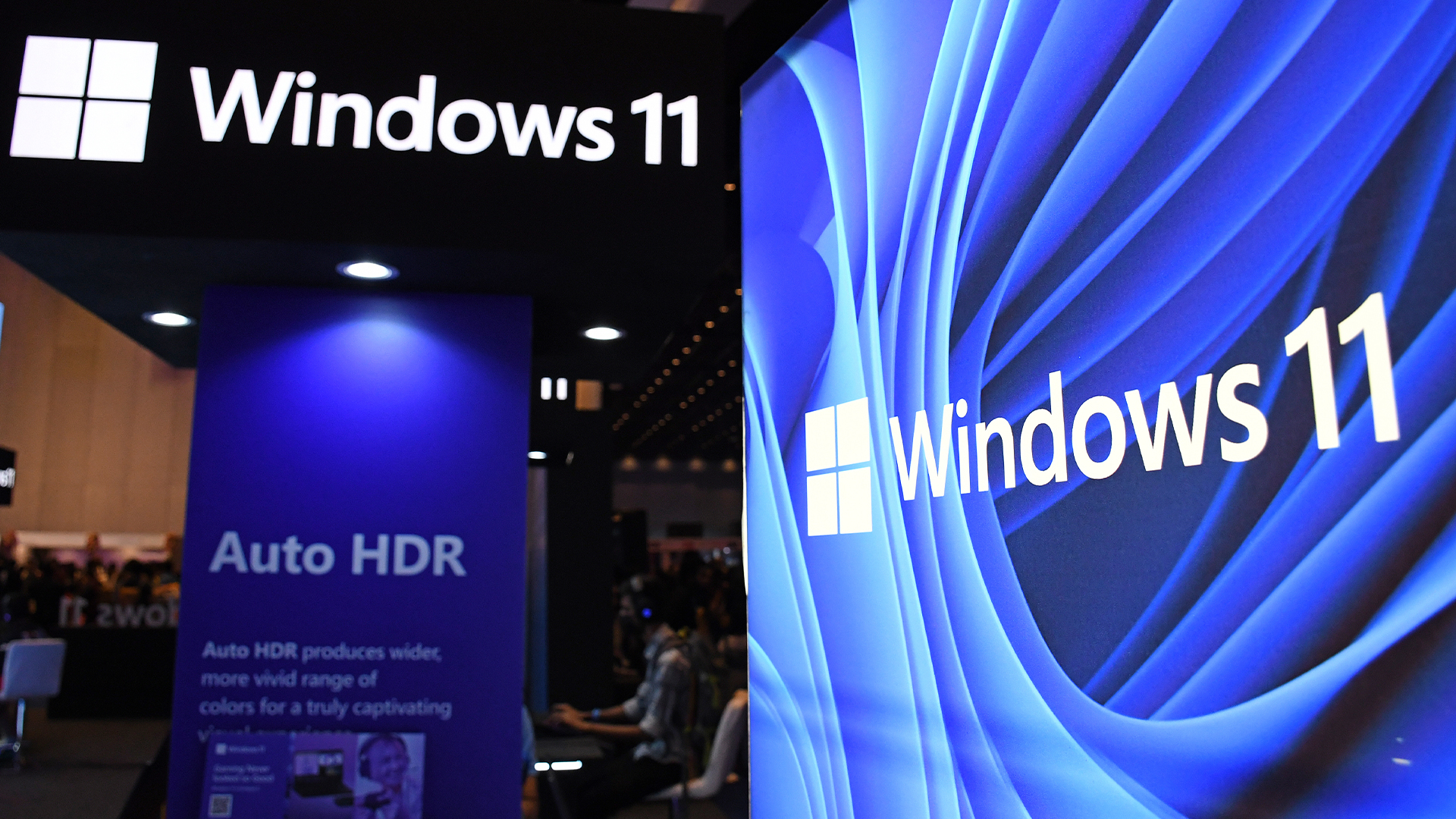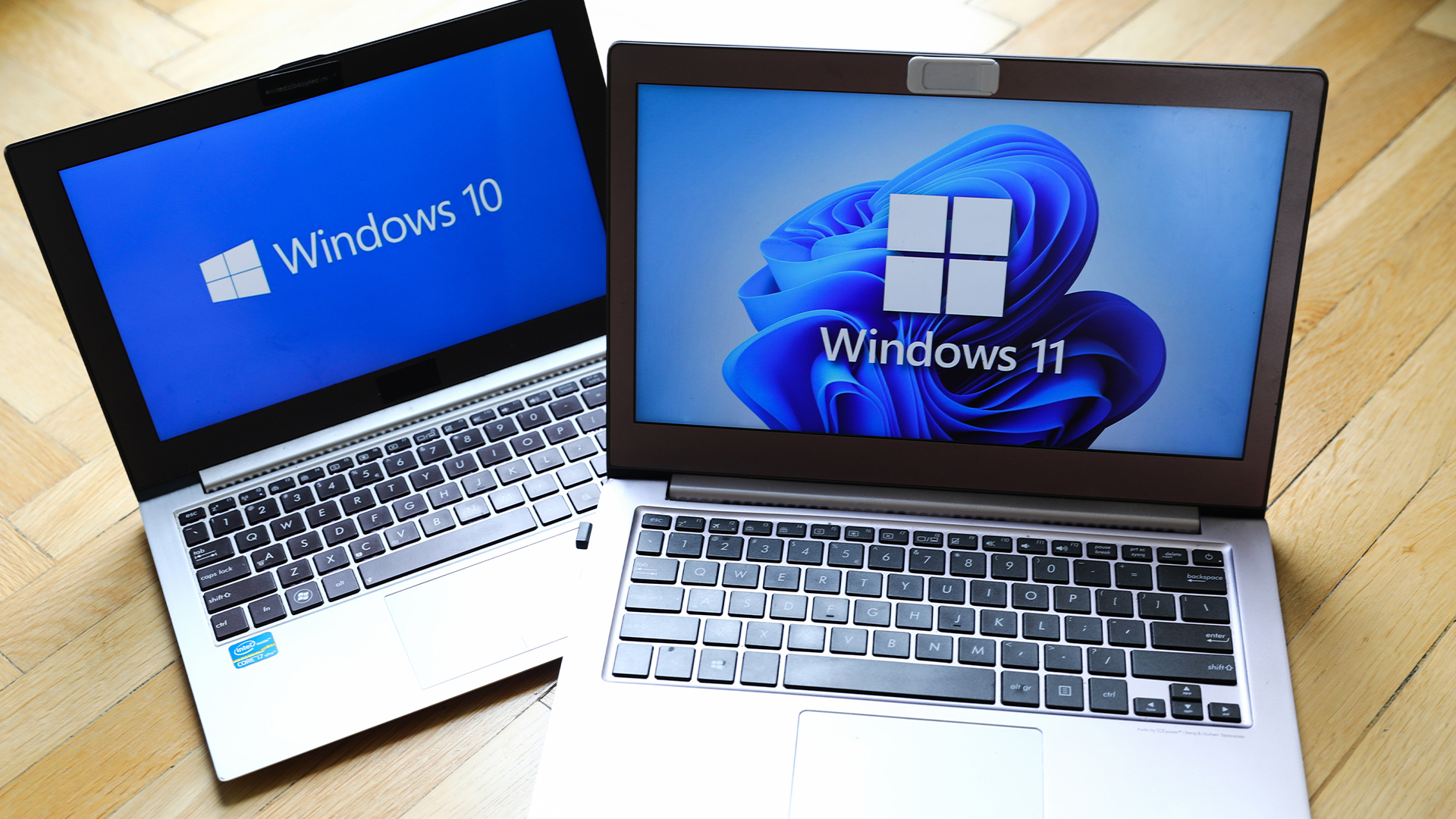Microsoft is pulling out all the stops to drive users to Windows 11
Windows 11 still lags in adoption rates compared to its predecessor, but Microsoft thinks generative AI features might boost numbers


Windows 11 users are set for another batch of generative AI-flavored features as Microsoft looks to continue driving customers to the operating system.
The tech giant unveiled plans to add a host of new AI-powered features to its Copilot Preview for Windows 11, including new plugins for easy access to applications such as OpenTable, Instacart, Shopify, Klarna, and Kayak.
From late March, Copilot in Windows will also offer a new set of skills which can be accessed by typing in a prompt to Copilot in Windows. Copilot will then perform the requested action and confirm once it has been completed.
The prompts are available for some settings, such as turn on/off battery saver or show battery information, and for some accessibility settings, allowing users to launch the screen magnifier or launch voice input.
These can also be used to access some device information such as to display the device IP address, or the empty recycle bin.
Microsoft also said it is rolling out new features including Generative Erase which allows users to select and remove unwanted objects when using the Photos app.
New ‘voice shortcuts’, which are custom commands to do things like pasting text, or opening folders, files, apps or URLs, will also be added, the company said. Voice commands can also be used across connected screens, making it easier to navigate between displays or move files and apps.
Sign up today and you will receive a free copy of our Future Focus 2025 report - the leading guidance on AI, cybersecurity and other IT challenges as per 700+ senior executives
Windows 11 enterprise users are getting new features
For enterprise customers, Microsoft said it is simplifying the update management solution by combining the Windows Update for Business deployment service with Autopatch into a single update management solution.
RELATED WHITEPAPER
Windows Autopatch will provide a single way for organizations to manage updates across Windows PCs, Microsoft 365 applications, Microsoft Edge, and Teams, the company said, and will use AI to program the necessary updates and reduce the impact on team productivity.
Some of the new features are available now via Windows Update and new apps available via Microsoft Store updates. Windows 11 PCs will get new the functionality at different times, as Microsoft is gradually rolling out some of these new features over the coming weeks via controlled feature rollout.
Most of these new Windows 11 features will be enabled by default in the March 2024 optional non-security preview release for all editions of Windows 11, versions 23H2 and 22H2.
Microsoft really wants you to switch to Windows 11
As well as these new features, Microsoft is trying to persuade Windows 10 users that it really is time to upgrade.
Starting with the April 2024 security update, Windows users working on non-managed cloud domain-joined and domain-joined business devices will see “invitation messages” about their free upgrades to Windows 11.
Microsoft said the invitation to upgrade to Windows 11 will appear after signing in and usually following a reboot. It will show on Windows 10 Pro and Pro Workstation devices that are eligible for Windows 11 but are not managed by IT departments.
Once prompted, users will be able to opt to get Windows 11, version 23H2 or stay in Windows 10 if they want to (the buttons for choosing the upgrade are in the middle of the screen while the ‘Keep Windows 10’ option is down and to the left.
Users who do want to upgrade can schedule when the Windows 11 upgrade should begin.
Windows 11 adoption seems to have been slower than the pace at which Windows 10 was taken up. It arrived in October 2021, but still only accounts for somewhere around 28% of the Windows PCs online according to Statcounter data, even if that is up significantly from 19% in February last year.
Windows 10 was launched back in July 2015, and is due to reach end of support on October 14, 2025. The current version, 22H2, is the final version of Windows 10.
Steve Ranger is an award-winning reporter and editor who writes about technology and business. Previously he was the editorial director at ZDNET and the editor of silicon.com.
-
 Trump's AI executive order could leave US in a 'regulatory vacuum'
Trump's AI executive order could leave US in a 'regulatory vacuum'News Citing a "patchwork of 50 different regulatory regimes" and "ideological bias", President Trump wants rules to be set at a federal level
-
 TPUs: Google's home advantage
TPUs: Google's home advantageITPro Podcast How does TPU v7 stack up against Nvidia's latest chips – and can Google scale AI using only its own supply?
-
 Microsoft Excel is still alive and kicking at 40 – and it's surging in popularity as 82% of finance professionals report ‘emotional attachment’ to the spreadsheet software
Microsoft Excel is still alive and kicking at 40 – and it's surging in popularity as 82% of finance professionals report ‘emotional attachment’ to the spreadsheet softwareNews A recent survey found Gen Z and Millennial finance professionals have a strong “emotional attachment” to Microsoft Excel
-
 Microsoft’s Windows chief wants to turn the operating system into an ‘agentic OS' – users just want reliability and better performance
Microsoft’s Windows chief wants to turn the operating system into an ‘agentic OS' – users just want reliability and better performanceNews While Microsoft touts an AI-powered future for Windows, users want the tech giant to get back to basics
-
 Windows 10 end of life has passed – here's your business guide to Windows 11
Windows 10 end of life has passed – here's your business guide to Windows 11In-depth As Windows 10's mainstream support ends, it's time for businesses who have yet to upgrade to take a second look at Windows 11
-
 Microsoft 365 price hikes have landed the tech giant in hot water
Microsoft 365 price hikes have landed the tech giant in hot waterNews Australian regulators have filed a lawsuit against Microsoft for allegedly misleading users over Microsoft 365 pricing changes.
-
 Microsoft issues fix for Windows 11 update that bricked mouse and keyboard controls in recovery environment – here's what you need to know
Microsoft issues fix for Windows 11 update that bricked mouse and keyboard controls in recovery environment – here's what you need to knowNews Yet another Windows 11 update has caused chaos for users
-
 Windows 10 end of life could create a major e-waste problem
Windows 10 end of life could create a major e-waste problemNews The study marks the latest Windows 10 end of life e-waste warning
-
 Microsoft Office 2016 and 2019 are heading for the scrapheap next month – but there could be a lifeline for those unable to upgrade
Microsoft Office 2016 and 2019 are heading for the scrapheap next month – but there could be a lifeline for those unable to upgradeNews The tech giant has urged Office 2016 and Office 2019 users to upgrade before the deadline passes
-
 UK government programmers trialed AI coding assistants from Microsoft, GitHub, and Google – here's what they found
UK government programmers trialed AI coding assistants from Microsoft, GitHub, and Google – here's what they foundNews Developers participating in a trial of AI coding tools from Google, Microsoft, and GitHub reported big time savings, with 58% saying they now couldn't work without them.

